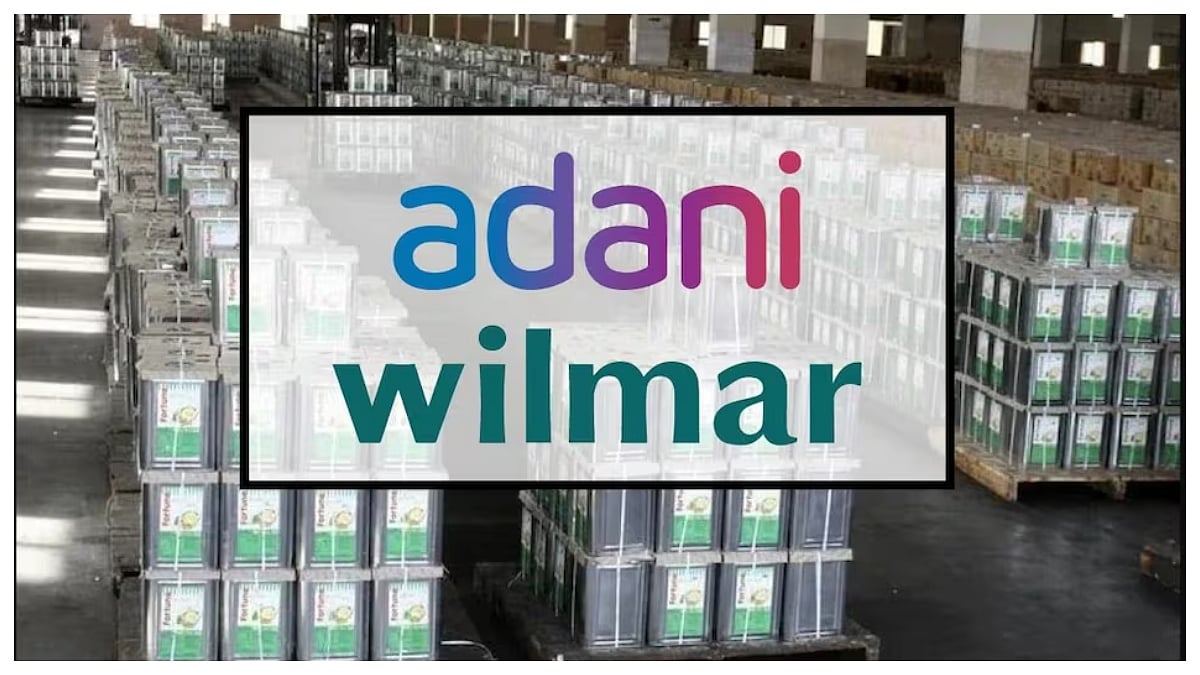New Delhi: The starting point of India's macro balance sheet is positively positioned, underpinned by a robust macro-stability framework (fiscal consolidation and flexible inflation targeting framework), productivity enhancing policy reforms, and favourable structural factors such as demographics, that lend support to the growth trajectory, a Morgan Stanley report said on Thursday.
The report expects growth to average 6.5 per cent in the next 10 years, with inflation likely to align with the RBI's target of 4 per cent, thus providing a favourable backdrop to the cost of capital and ensuring debt sustainability."India's overall indebtedness levels reflect an incipient inflexion with a rise in private sector leverage.
We expect private sector debt to continue to see modest expansion while public sector debt decline keeps overall debt manageable and improves the productivity of incremental debt," said the report.The report further stated that the pace of expansion of overall debt levels is likely to remain modest, even as the mix changes more in favour of productivity-augmenting private sector debt."As such, we expect overall debt levels to remain range-bound between 157-158 per cent of GDP over the next two years.
A pickup in private sector capex may lead to a rise in corporate leverage, albeit at a modest level, while expansion in household leverage could continue. The reduction in public sector debt should be driven by gradual fiscal consolidation even as the quality of spending remains skewed towards capex," it noted.
The share of private sector debt in overall debt levels is seeing incipient signs of pickup, offset by a commensurate decline in public sector leverage, indicating improved debt dynamics.Private sector debt has risen to 76 per cent of GDP as of FY2025 from 73.9 per cent of GDP at the trough in FY2024, while public sector debt has fallen to 82 per cent of GDP in FY2025 from 83.4 per cent of GDP in FY2024.
In addition, the productivity of incremental debt has also improved in a broad-based manner across sectors, including the public sector, which has directed its funds towards infrastructure expansion, said the report.
Disclaimer: This story is from the syndicated feed. Nothing has changed except the headline.










